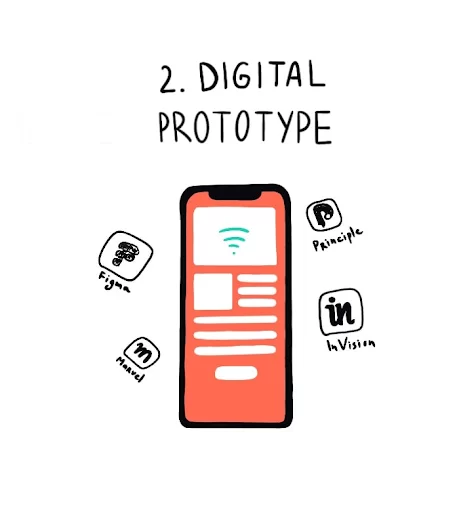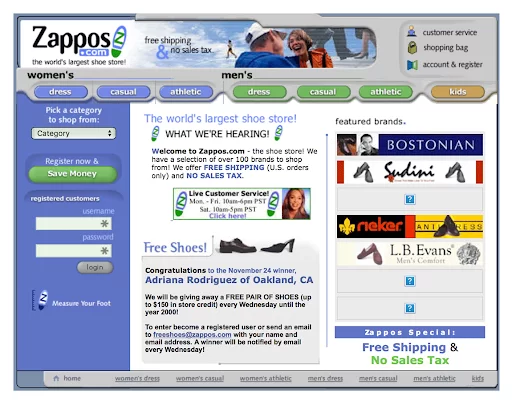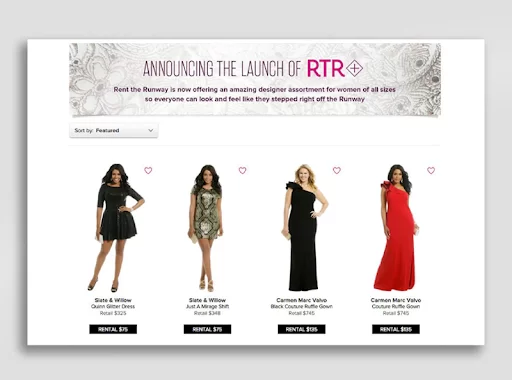Innovation
MVP Testing Strategies: 6 Steps to Validate Your Product Idea
6 Strategies for Successful MVP Testing
Picture this scenario: You have just launched your Minimum Viable Product (MVP) and are eager to see the results. However, instead of being met with applause and success, you are met with a barrage of bugs, user complaints, and negative feedback.
Your MVP has failed!
This is a common story for many businesses and MVP development companies. They focus solely on developing their MVP and forget the importance of testing and are unaware of the mistakes they make when building MVP for startups. Even the best MVP ideas can fall flat without proper testing.
That’s why, as MVP development experts, we want to share the right way to test your MVP.
In this article, we’ll discuss the essential testing strategies that’ll help ensure the success of your MVP.
From interviews to single-feature MVP, we’ll explore the MVP testing strategies that you can consider.
Key Consideration Before You Start Your MVP Testing
Before starting MVP testing, some key considerations include:
Define your target audience:
Identify who your MVP is intended for and what their needs and pain points are.
Define your MVP scope:
Determine the minimum essential features to validate your business idea.
Set clear success criteria:
Define what success looks like for your MVP testing and how you will measure it.
Plan for data collection and analysis:
Determine how you will gather and analyze data from your MVP testing to inform future product development.
Allocate resources:
Ensure you have the necessary resources, such as budget, technology, and manpower, to execute your MVP testing plan.
Consider legal and ethical issues:
Ensure that your MVP testing complies with relevant laws and regulations and that you have obtained participants’ consent.
Choose the right testing method:
Decide the methods that align with your goals. (we’ll discuss them now)
These considerations will help ensure that your MVP testing is well-planned and executed and that you can gather meaningful insights. By considering these factors, you can minimize potential risks, optimize your testing process, and increase the chances of successfully validating your business idea and launching a successful product.
Maximize Your MVP Testing with These 6 Strategies
1. Customer Interviews
Customer interviews involve direct communication with end users. It helps gather customer feedback and validate the product’s MVP (Minimum Viable Product) features and functionality.
The process involves:
- Conducting one-on-one or group discussions with potential customers.
- Understanding their pain points, needs, and expectations from the product.
Interviews help understand if the MVP aligns with the user’s requirements and if any improvements can be made to make the product more user-friendly and valuable.
Customer interviews provide valuable insights into the customer’s perspective and can be used to make data-driven decisions to improve the MVP before its launch.
Here are some guidelines for conducting successful customer interviews:
- Identify the right participants: Select participants likely to provide valuable insights and feedback.
- Prepare questions: Prepare a list of questions to guide the discussion and ensure you cover all important topics.
- Be flexible: Be open to deviating from the set questions if the conversation takes an unexpected turn, but stay focused on the goals of the interview.
- Listen actively: Listen to the participants to encourage open communication and allow them to express their opinions and thoughts.
- Take notes: Make detailed notes of the conversation, including specific quotes and insights, to refer back to later.
- Analyze the results: Analyze the results of the customer interviews and use the insights to inform product development and decision-making.
Paper Prototyping
Paper prototyping is a testing strategy that involves creating a low-fidelity representation of a product’s MVP (Minimum Viable Product) using paper and pens. The goal is to quickly test and validate product concepts, and user flows with minimal resources.
A rough sketch of the product’s user interface, navigation, and interactions is created on paper. This prototype is tested with users by physically manipulating the paper to simulate different user flows and interactions.
Paper prototyping allows for quick iteration and testing of multiple design concepts and provides an opportunity to gather feedback and make changes early in the development process.
It also helps to uncover any usability issues, validate assumptions about user behavior, and identify areas for improvement before investing in development resources.

Tinder is a well-known example of an app that utilizes paper prototyping. Its creators utilized this technique to test the app’s key feature, the swipe mechanic, which became extremely popular.
3. Digital Prototyping
Digital prototyping is creating a working digital representation of a product or service before you go all-in. Digital prototyping can be used to test new products, improve existing ones and reduce costs throughout the design and development process.
The benefit of digital prototyping is that you can easily change it if needed and quickly get feedback on your ideas. With this method, you can also iterate faster than when building physical prototypes.

Digital prototyping tools like InVision, Figma, MarvelApp, etc., allow you to create interactive prototypes that users can click through as if using the product. They are great for sharing with stakeholders or clients because they let stakeholders see what your app looks like without building anything.
4. Single feature MVP Testing
This type of MVP contains a single feature that represents the core value proposition of your product.
Single feature MVP helps:
- Reduce development time and costs
- Help validate a product idea quickly
- Focus on the most critical and essential feature of the product
- Simplify the product and improve user experience
- Reduce complexity and confusion for the user
- Make it easier to market and sell the product
- Encourage early user feedback
- Help prioritize future product development based on user feedback and demand
- Easily integrate additional features later as needed
- You might be asking yourself – How this would work?
Let’s say you’re building a mobile app and want to ensure people will use it frequently before investing more time in developing the application.
In this case, you could build a simple prototype with just one feature — like sending push notifications — and see if people like it enough to use it again. If they do, then great! If not, you may need to rethink some things before continuing with development or even stop altogether.
5. Wizard Of Oz Testing
The Wizard of Oz testing is a technique in which a participant interacts with a system (usually a prototype) with no real back end. The test facilitator plays the role of the computer.
The participant is led to believe they are interacting with a real system, but in reality, they’re interacting with a product/website just for show. This approach can be used to test any application, but it is most commonly used for web applications and software products.
But why would you want to use this testing strategy?
It allows you to test your application in a realistic environment, simulating your users’ experience when they access it through their browsers.
It allows you to ensure that any problems you encounter are not related to your browser or other external factors that could affect your users’ experience.

Zappos followed a similar approach in its early days. Its founder, Nick Swinmurn, displayed photos of shoes from local stores on a website to gauge demand for online shoe shopping.
When someone made an order, Nick would purchase the shoes and personally deliver them, helping him determine the viability of online shoe sales before investing in inventory and infrastructure. This methodology led to Zappos’ tremendous success, ultimately resulting in its acquisition by Amazon for 1.2 Billion dollars in 2009.
6. Concierge MVP Testing
Concierge MVP is a type of MVP that focuses on delivering the most value to a select group of customers. Unlike other MVPs, this one doesn’t focus on the end-user experience or how users will interact with the product. Instead, it aims to provide a personalized experience for each customer.
The concierge MVP is best used when you want to test whether your target audience will pay for your product. It also works well if you have a limited advertising budget and need feedback from a small group of customers before scaling up your marketing efforts.

Rent the Runway, an online dress rental company, utilized the concierge MVP method to test their minimum viable product. They initially offered a hands-on service to college students, allowing them to preview a dress before making a purchase. This approach allowed Rent the Runway to promote its brand and validate its hypothesis that women would be interested in renting dresses.
Ready to turn your MVP into a winner?
There’s no one size fits all solution here, of course. But once you’ve got the basics down, think outside the box. What other ways can you try out MVP testing? Mix it up, and see what works for you. Transparency with your clients is essential in this process, so ensure they’re up to speed on what you’re doing (and don’t be afraid to ask for their feedback as well).
If you’re ready to bring your product vision to life, let us help you build your Minimum Viable Product (MVP) quickly and effectively. Our expert team can even strategize and develop your MVP in record time – reach out to us now to get started!
FAQs
1. What is MVP?
Minimum Viable Product (MVP) is a product development strategy to deliver the minimum set of features required to validate a product concept with early adopters and gather feedback for future development.
2. What is the purpose of MVP testing?
MVP testing aims to get feedback on your idea as early as possible. It helps you make adjustments before investing too much time and money into developing something no one wants.
3. How do you measure the success of MVP?
You can measure the MVP’s success through the customer churn rate. The customer churn rate is determined by dividing the number of customers lost each month by the initial number of users at the start of that month. User ratings offer valuable insight into customers’ opinions on the product. Keep in mind that many downloads initially may only be from one-time users.



